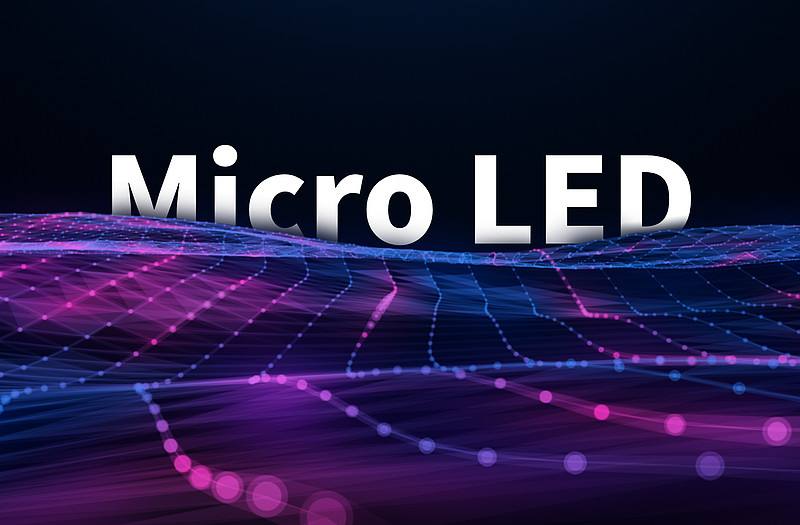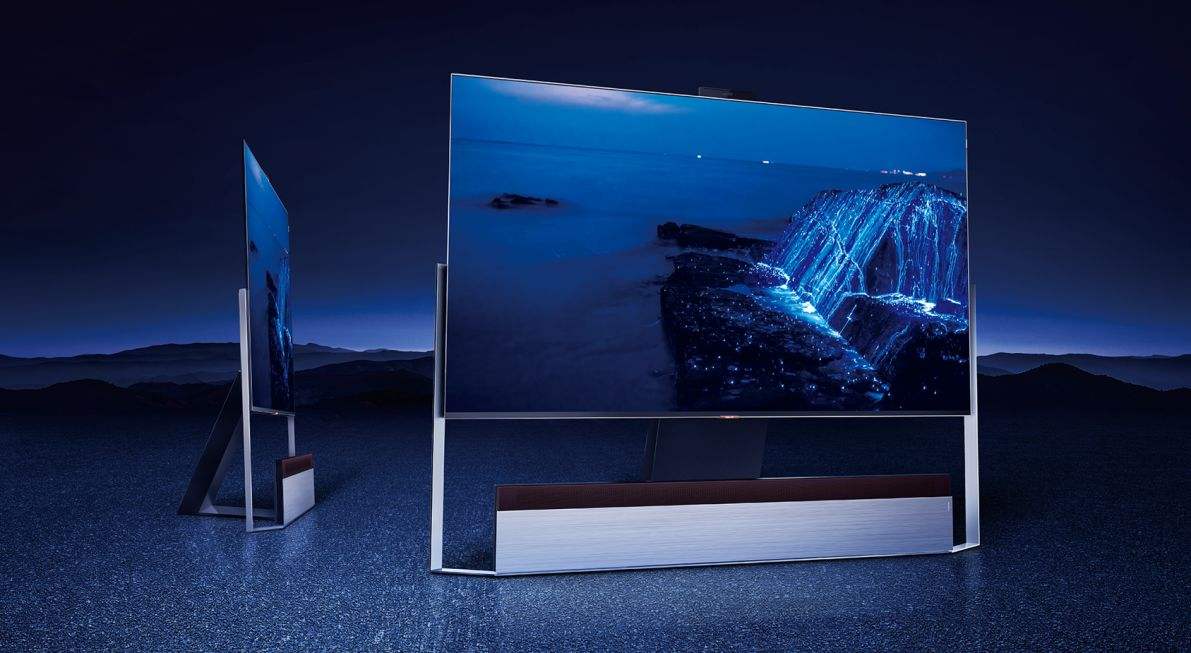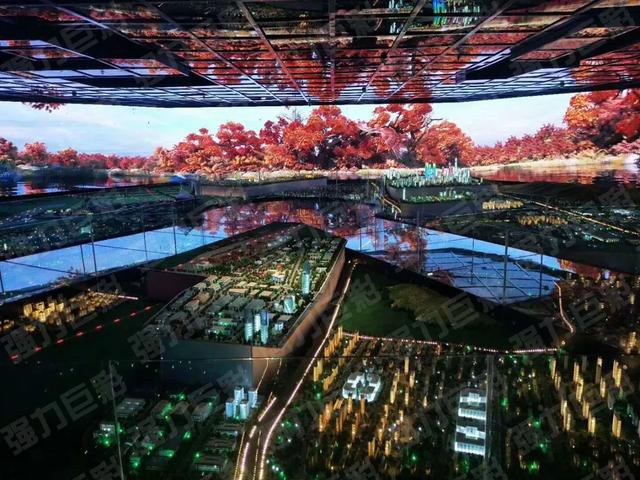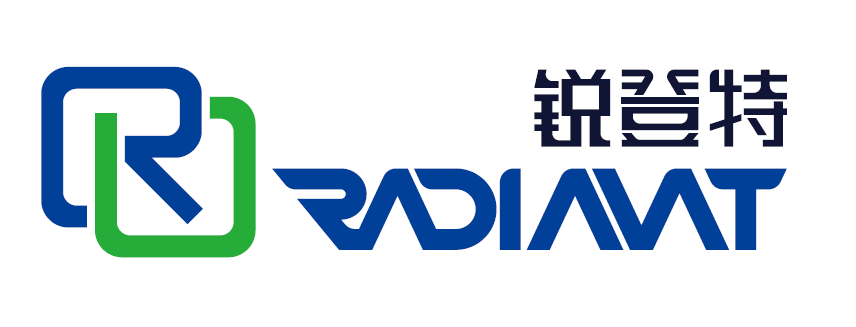At the beginning of its birth, Micro LED was considered to be the first display technology without size restrictions in history. Its performance can meet or exceed contemporary display specifications, and it has become a recognized future development direction of display. It shows that the industry chain manufacturers are highly sought after. At the same time, because it can fully cover all scenarios of large, medium and small sizes, and Micro LED technology has been continuously updated and iteratively developed, the boundaries of the definition have also changed, so that players in different application scenarios and different camps have a "Micro LED definition". different perceptions and understandings.
Today, we will focus on discussing why large-sized Micro LEDS are easier to commercialize than small and medium-sized ones?

Micro LED are easier to grab from three markets
However, although "there is no size limit", in various scenarios and applications, in the face of different performance requirements, application-side characteristics and the technical school strength of the same PK, even if Micro LED wants to dominate the world, it must follow the rules of the game and be reasonable. Plan the commercialization sequence.
First of all, from the perspective of viewing type, it is divided into four categories of displays - public displays, automotive displays, consumer electronics displays, and head-mounted displays.
Among them, public displays (including commercial displays) are divided into outdoor and indoor. Outdoor displays can be seen everywhere in commercial buildings, sports events, stage performances and other scenes, while indoor displays appear in security monitoring, smart centers, large conference centers, Cinemas, etc., mainly use LED RGB self-luminous display screens, which are characterized by large, bright and long viewing distances.
The vehicle display is mainly based on the head-up display, the central control platform and the instrument panel display. Since Tesla, the large touch screen of the vehicle has become a topic and symbol of the modernization of vehicle interaction. In the future, more cars will be displayed in the direction of the passenger, rear seat, and windows. The current competitive technology paths include LCD, OLED, Mini LED and Micro LED.
Consumer electronics display involves a wide range of products, ranging from TVs and computer monitors to small mobile phones and watches. Currently, the mainstream displays are LCD. However, in the field of mobile phone applications, OLED is on the rise, and the market share is expected to reach nearly 40% this year.
In recent years, head-mounted display devices have entered the public's field of vision, including virtual reality (VR), augmented reality (AR), mixed reality (MR) and other forms. The ability of ultra-fast switching time is also required, and the industry is exploring different technical routes for LCD, OLED, and Micro LED.
Since major manufacturers have invested heavily in OLED and actively promoted the application of OLED in mobile phones, whether it is LCD or Micro LED, the pressure on mobile phone display is greater than the thrust; while in tablet computers, laptop computers, desktop computers, etc. In the field of size, LCD can solve image quality and color problems by supporting Mini LED + quantum dot technology. The advantages are still clear, and it can compete with OLED. Micro LED technology and cost are not obvious in this field for the time being.

Larger displays are easier to commercialize at scale
Why is it said that the large-size LED display will be ranked first in the commercialization of Micro LED? Commercialization does not equal scale. We will analyze the three areas mentioned above where Micro LED is easier to grab the market. The wearable industry is exploring different technical routes for LCD, OLED, and Micro LED. And because Micro LED can achieve thinner, more efficient electro-optical conversion, higher resolution, higher contrast, longer life, higher brightness, better screen burn-in resistance and faster switching speed, high expectations are placed. However, from the development history of wearables and the current market size, there is still great unpredictability.
Wearable technology was born in the 1960s. It mainly explores and creates science and technology that can be directly worn on the body or integrated into the user's clothes or accessories. At present, there are mainly the following product forms: watches, wristbands, rings , shoes, glasses, etc. Although the birth time has not been short, except for smart watches, others are still in the exploratory stage. Even the head glasses with high market attention and media response have gradually entered the public eye after the release of Google Glass in 2012, and related products of major brands have emerged one after another. But over the years, despite the continuous iteration of technologies and products, compared with other consumer electronics products, they have not been widely used, nor have they become standard for the public, and are still in the initial stage of exploration.
LCD brightness is not enough, while OLED has the burden of reliability (sensitive to water vapor and oxygen), Micro LED has the characteristics of high brightness, can be shaped, has no size restrictions, and can be made into a transparent screen, which is very suitable for semi-outdoor scenes such as cars. With the gradual development of intelligent driving vehicles, Micro LED technology can be used on front glass, windows, and rearview mirrors to display monitoring data such as driver status and road conditions. In 2019, nearly 90 million vehicles were sold (down to 76.5 million vehicles in 2020 due to the epidemic). This scene is large in size and used in a large amount. If it gradually moves towards autonomous driving in the future, car display is by no means a niche for Micro LED market.
However, the automotive display and wearable industries also face a problem, that is, the price of Micro LED is more suitable for the introduction of high-end driverless smart cars, and this market is still in the incubation period. In the whole year, the cumulative sales volume was 3,124,800 units, accounting for only 4% of the global automobile market share. In addition, more importantly, the performance of automobiles is closely related to human safety. The import and verification cycle is usually two to three years longer than that of ordinary industries. The reliability requirements of all supply chains are extremely strict. It is especially cautious, which will also limit the scale commercialization of Micro LED to a certain extent.

Large-scale display is based on mature industry chain, can avoid opponents, and has strong enterprise promotion
Compared with the wearable and automotive markets, the large-size display market already has more suitable soil, a more mature industry chain, and strong corporate leadership and promotion such as Sony and Leyard.
First of all, the RGB LED technology used in the current public display is actually the same as the Micro LED, and both belong to the LED self-illumination technology. The main difference is that the current LED chip size is larger, while the Micro LED is just as the name suggests - compared to Current LED are even smaller. At present, the LED self-luminous technology route has evolved from
the initial mm-level size to the μm-level, then from greater than 300μm, and now gradually to 100μm, 80μm... or even smaller, which means that players in this camp have grown from the past to Now, and in the future, we are all moving towards shrinking LED. Following the trend, Micro LED is the ultimate direction in the visible future.
In the >100-inch display market, LED self-illumination technology also has a natural advantage - large size is the disadvantage of LCD and OLED. The size of the glass substrate is limited, and the LCD is between 110-120 inches, which is expensive or requires splicing; while the OLED is limited by the blue light life problem, which can be satisfied in small sizes, but cannot be reconciled in medium and large sizes. As a result, in display applications larger than 100 inches, the competition with LCD and OLED can be perfectly avoided; while between 70-100 inches, LCD+Mini LED backlight still has its competitive advantages, but with the improvement of Micro LED performance And the cost is reduced, the substitution advantage is obvious. At present, the leading Leyard has released a P0.4 LED display with an LED chip smaller than 80 microns. With continuous optimization, the prospects are promising.
To sum up: The large-size display industry led by Leyard mentioned in the opening paragraph will be the easiest to commercialize in the >100-inch market. At present, it has also attracted the attention of investors and the industry. Continuing to follow the usual industrial development logic, when Micro LED is upgraded to a certain stage, it can reach the 70-80-inch large TV display market, and this market will also have the opportunity to achieve large-scale commercialization faster.
Post time: Apr-17-2023
